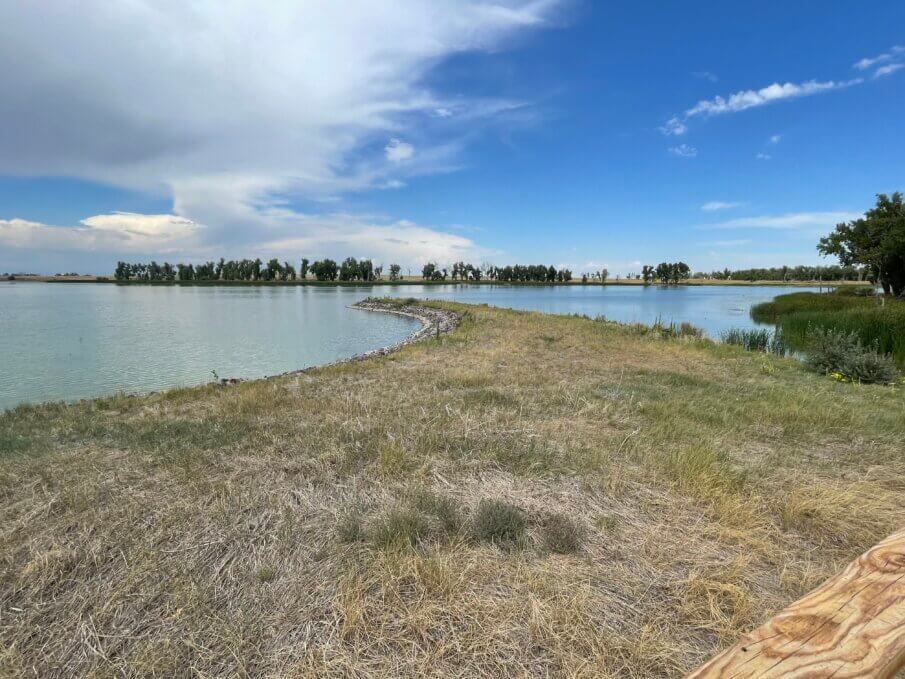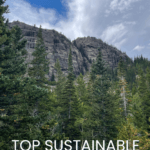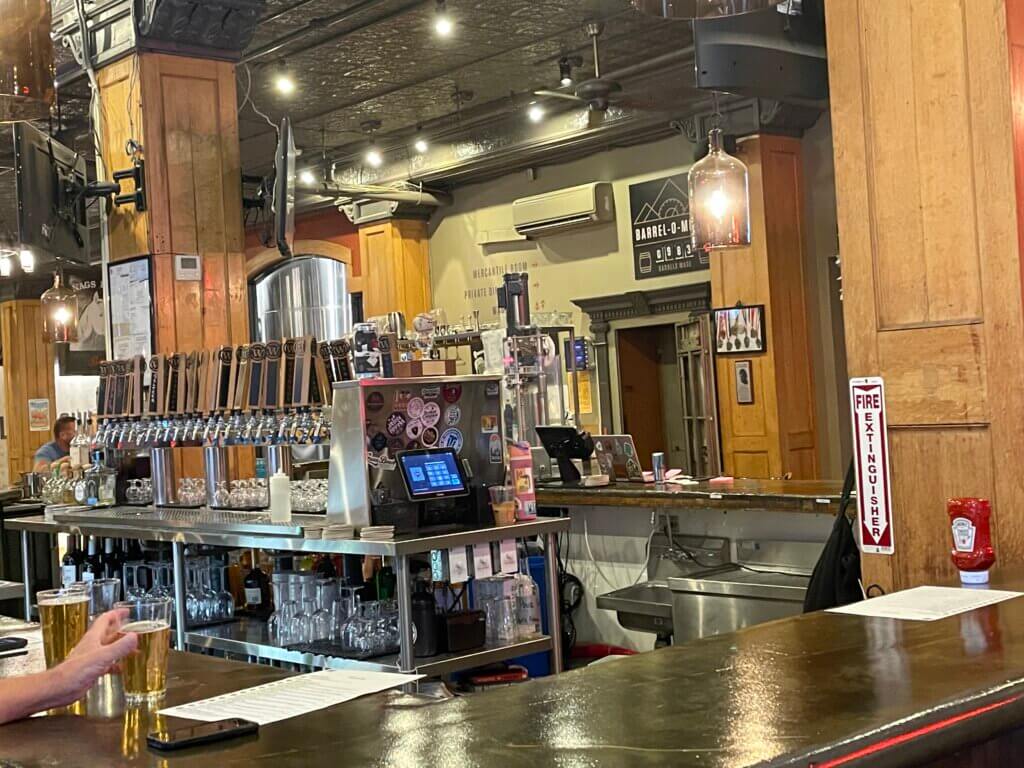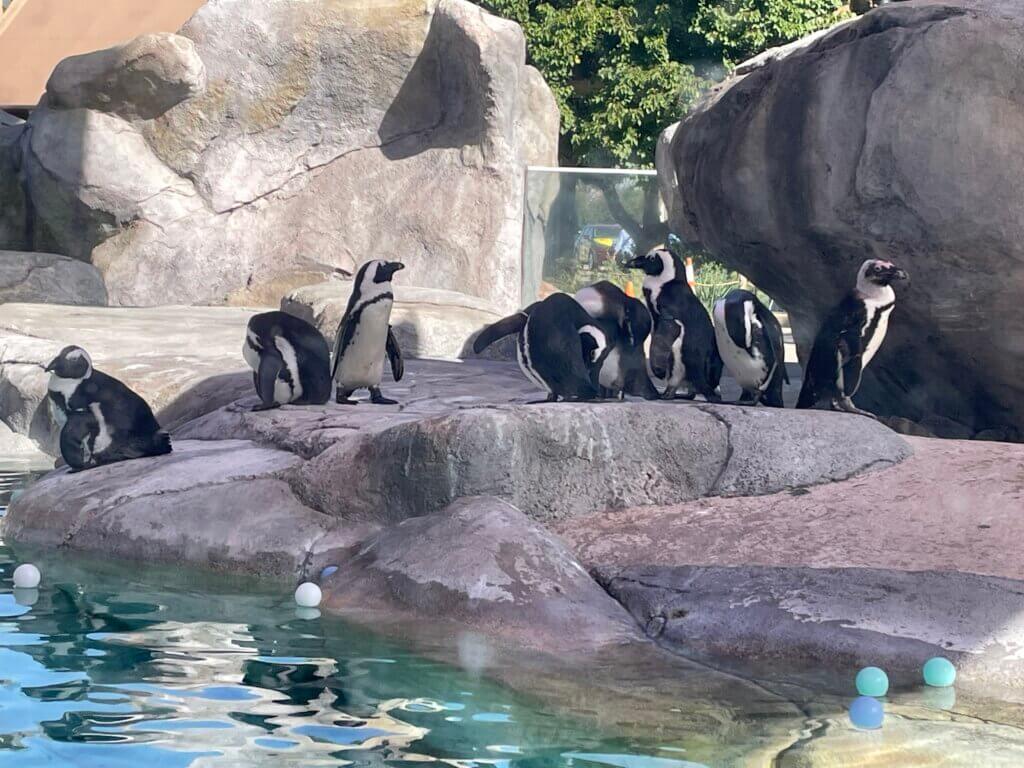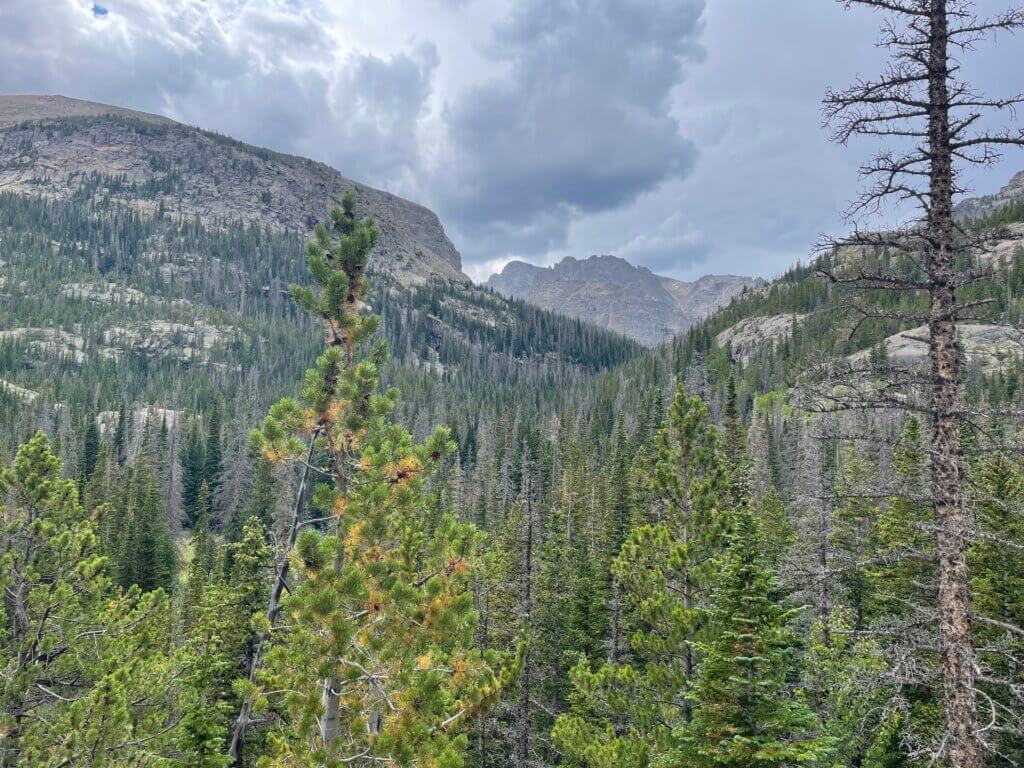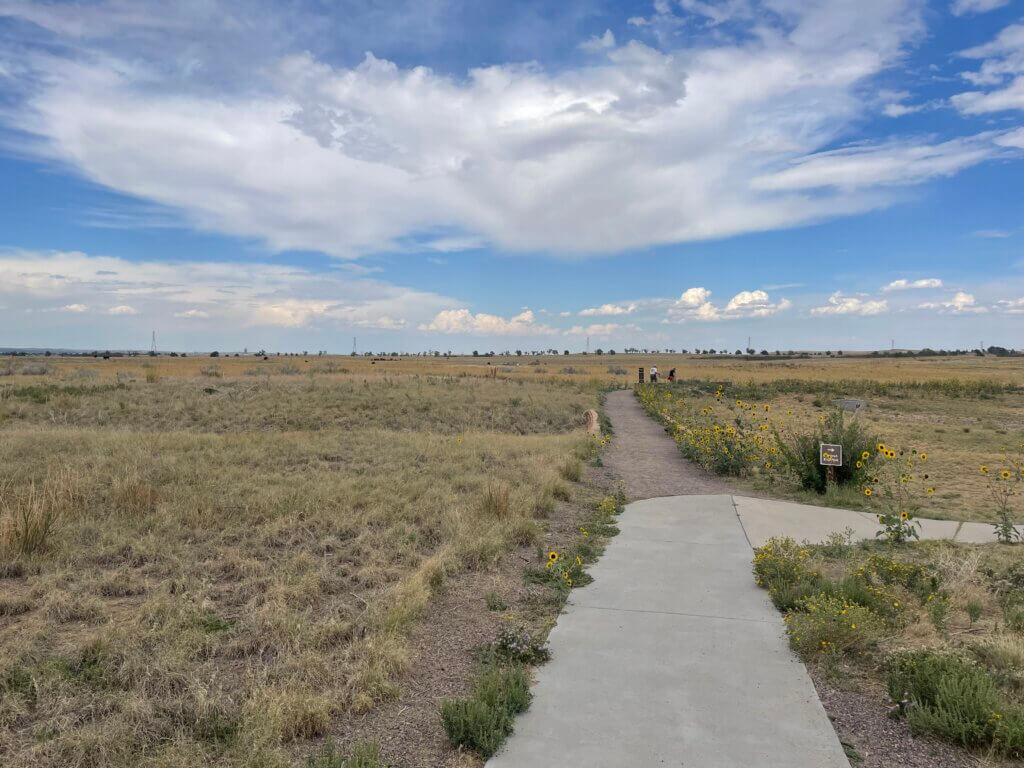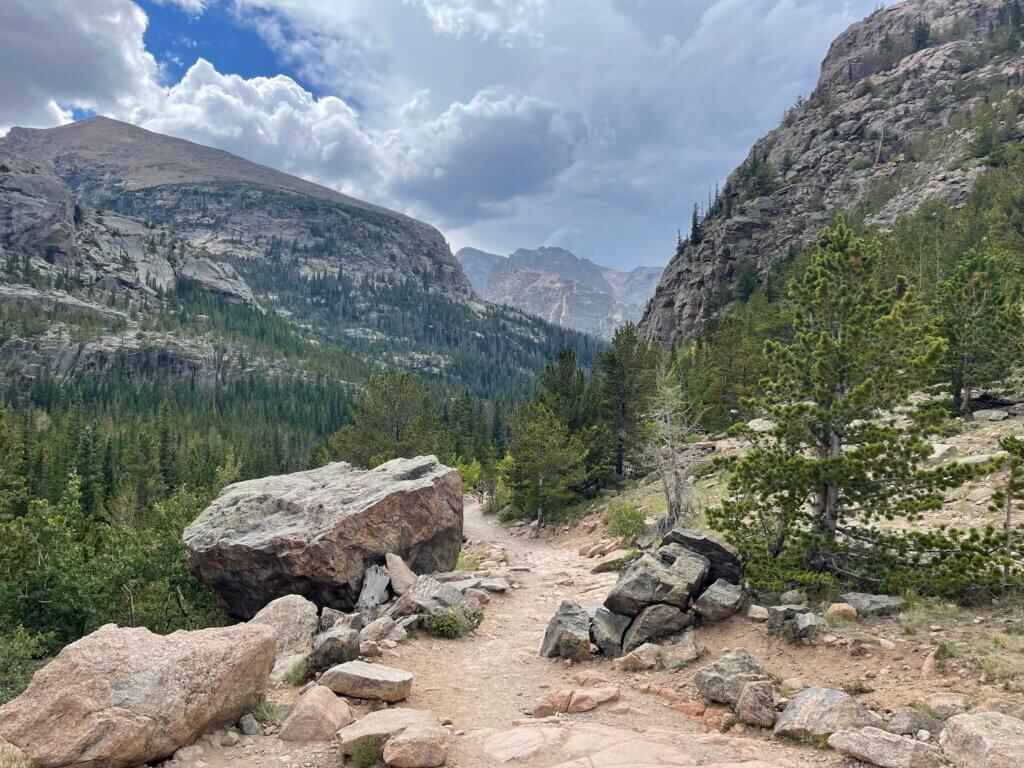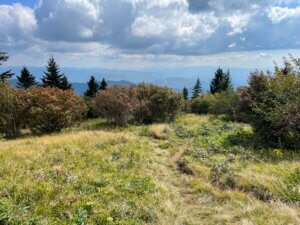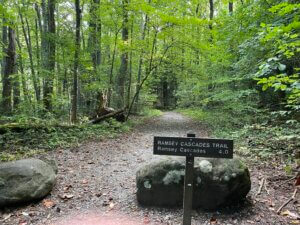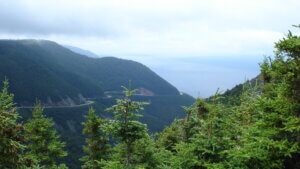*This post contains affiliate links, if you click a link I make a small commission and you help support the blog
If you are looking to visit Denver, either as a jumping off point or if you plan to stay in the city, there are a ton of things to do. With climate change being a real threat to our lives and the future of our planet and our species, it’s important to know how to travel more sustainably. Denver has done a lot to move into a sustainable direction, from eco-friendly transportation options to sustainable hotels.
There are also a ton of great places to visit that support conservation and a sustainable future. Just be aware that not all things are created equal and that greenwashing exists. But more on that below.
Best time to visit Denver, Colorado
Depending on what your plans are, I would recommend visiting between spring and fall. Unless you plan to head to the mountains to ride some powder that is. If you are looking for that I highly recommend checking out my Vail vs Beaver Creek post for more.
But in spring and summer, flowers are in bloom and it’s significantly easier to get around.
How to get to Denver, Colorado
The main entry point is through the Denver international airport, of course this impacts carbon emissions and gives you a bit of a bigger carbon footprint. There are apps where you can offset your carbon emissions, through supporting climate friendly programs like planting trees. It’s not perfect but it is something.
You could also forgo flying and take a longer route by riding the train. You can get to Denver via Amtrak from wherever you are in the US, though it will likely require multiple different trains as we all know the US is not well connected like the EU. But it is possible and Amtrak also has a loyalty program worth signing up for if you are interested in slow travel and plan to ride a lot of trains.
Getting around Denver
Downtown Denver is well connected through their light rail. This is one of the most sustainable transportation options. There are several lines depending on where you are staying and the A line train will take you from the airport to the Denver Union Station. From there you can walk or hop on another train to your hotel.
If you are staying in the Denver metro area, there are bike-rental programs to help you get around more easily and quickly than walking. This is Denver’s way of supporting more sustainable programs.
Sustainable travel tips
Bring you own water bottle. It’s a simple thing, but it can keep a significant amount of plastic out of landfills and recycling systems. There’s no reason not to have your own water bottle with you at this point.
Minimize your food waste. Order only what you know you will eat and if you can’t finish it bring it back to your hotel for left overs. Not only is it decreasing waste, it also saves money if you are on a budget.
Top sustainable things to do in Denver
Stay in a sustainable hotel
There are a lot of hotel options in and around Denver, but not all provide eco-friendly accommodations. The Populus hotel was created with nature in mind. They are the first carbon-positive hotel and you can follow their emissions and this status through a dashboard on the Populus website.
Explore the sustainable food scene
Head to the popular river north art district where you can find great breweries and a variety of foods in a sustainable food scene. How do you know when a place is sustainable? Check out this post by East End Taste to learn more about sustainable food choices.
Visit the Denver Zoo
Address: 2300 Steele St, Denver, CO 80205
The Denver Zoo doesn’t just have sustainable practices visitors help support various initiatives just through their visitor experience. Your ticket is a great way to support conservation. Many people give zoos a bad rap, but I can tell you from experience that much of the wildlife conservation efforts that occur around the world would not exist without zoos.
Many of the staff and veterinarians participate in rewilding and other conservation programs globally as part of their every day job. The zoo also attempts to incorporate sustainability efforts at their facility, not just in the work they do abroad.
Visit Rocky Mountain National Park
You do not have to rent a car to visit this famous national park. You can take public transit! There is a hiker shuttle that will take you to the park, but you will need to have a timed entry permit for places like Bear Lake road, even if you arrive on the shuttle.
There are a lot of alternatives to Bear Lake Road that don’t require a permit and are just as beautiful. It’s a huge park, have a plan and a backup, and just explore.
Visit Denver botanic gardens
Address: 1007 York Street, Denver, CO 80206
This nonprofit organization improves the air quality in its area just by being there. We all know that trees are the lungs of the world and this botanic garden boasts some impressive plants worth checking out and supporting.
Some of their initiatives include water stewardship by providing beautiful gardens for the climate they are in while advancing water-efficient gardening. There are also food programs that they participate in as well as global initiatives where “The Center for Global Initiatives is to bring international horticultural research and relevance to the Gardens through implementation of diverse and sustainable programs achieving global transformation by connecting people with plants.”
The cost of admission will help support these programs now and into the future.
Visit the Rocky Mountain Arsenal National Wildlife Refuge
Address: 6550 Gateway Rd, Commerce City, CO 80022
This is a great place to visit and was my personal favorite during my time in Denver. This used to be a super fund site. Basically a lot of waste was dumped here making the ground toxic and uninhabitable. It has a very significant history but was eventually taken over by the US Fish and Wildlife Service and allowed to heal.
The preserve is now a significant wildlife habitat just 10 miles outside of downtown Denver and is free to visit. You can see bison, deer, black-footed ferrets and a variety of bird species. The care given this area has provided enormous environmental benefits just in the healing of the land of the refuge. You can drive around the reserve or take a bike or walk.
A word on greenwashing
What is greenwashing?
This is a marketing practice meant to make people think they follow eco friendly practices but is actually misleading. These can be local businesses or larger corporations and sometimes it is really hard to know when greenwashing is happening. It promotes false solutions to the climate crisis and has significant environmental impact.
Examples of greenwashing
Misleading labels, hidden trade-offs, and vague claims with no substantiated science behind it are just a couple examples of greenwashing. For more information, check out this great post by Plan A.
Concluding Thoughts
The Mile high city is one of the most popular destinations in the United States as a jumping off point to national parks and great ski resorts. But the Denver area is also playing its part in the climate crisis through use of renewable energy resources, green attractions, and sustainable events and they continue to make various improvement to be more sustainable as we tackle this global problem.
